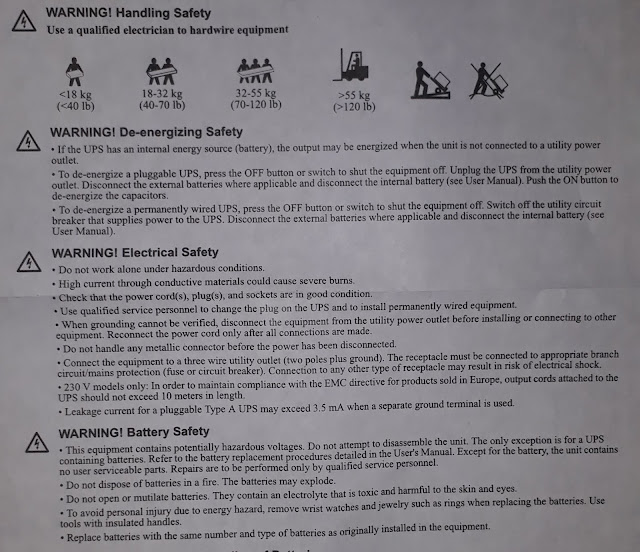The elevator drawings are easy to
read.
They will be a little confusing at the first.
But if you once get a hold
on it then its fine.
To read the elevator drawing, you must know the parts of
an elevator.
I mean the common parts of an elevator.
The elevators have
different kinds of drawings.
Both image show the top view of SHAFT in other
words its is also known as SHAFT PLAN
& HOIST WAY.
This drawing shows the main bone
positions of elevator guide rails, distance between rails,
Cabin size, shaft size, entrance size,
entrance position, running clearance, counter weight position.,
Counter weight size, etc.
The above drawing shows the typical
elevator shaft plan.
I hope you know about the below terms
already
1. Elevator car
2. Rail
3. Sill
4. Entrance
5. Counter weight
6. Shaft / hoist way
Now you can see the shaft. The inside
dimensions of the shaft is the one we need to take care of. Here you can see
the shaft depth and width which are the main dimensions from which we will be
deriving another measurement.Now the actual purpose of the drawing is to give
the exact guidance for shaft/ hoist-way construction and elevator/lift
installation. The shaft plan is used to make the template for the lift
installation. You can always refer the elevator tree in menu bar for knowing
more about shaft plan.
Car DBG - The measurement is
the distance between two guide rails that guide the elevator cabin, other vise
called elevator car or lift car. This is an important measurement because guide
rails should be completely perpendicular and parallel without any twist.
The DBG (DISTANCE BETWEEN GUIDE RAILS)
must be exactly the value given in the drawing in all along the elevator shaft.This
will determine the quality of the elevator ride in the mechanical manner.
Counter Weight DBG - As in
the case of CAR DBG this is the
displacement between two guide rails which are guiding the counter rails. As in
the case of CAR DBG this measurement also will affect the quality
of the elevator ride.
Landing clearance / Running clearance -
This is the distance between landing
sill and car sill. This measurement is universal. it will be always 30mm.
Usually this will not be included in the drawing but we have to include this in
our calculations. This measurement is so important because this small gap
should be maintained all along the lift travel. Passenger safety and door
coupling are depending up on it. The huge moving elevator car is moving in this
clearance with the stationary lading entrance.
Car rail center line & Entrance center line
In the drawing you can see there is
two car rail center line.
1. Horizontal
2. Vertical
Both are important lines.
Entrance center line is also shown in
the drawing. The important of this is in some drawing the vertical car center
line and the entrance center line (clear opening center line) may not be
aligned. There may be an offset between these two. The offset is a very
important measurement need to be considered during the installation. In the
below drawing you can see the entrance offset explained.






Amazing post with lots of usefull information. Well done!. Keep Posting.
ReplyDeleteBest Car Interior Detailing Services in Bangalore
Car Interior Detailing Services in Bangalore
Best car wash in Bangalore
car wash in Bangalore
best car spa in Bangalore
car spa in Bangalore
car detailing in Bangalore
ceramic coating in Bangalore
paint protection film in Bangalore
Teflon coating in Bangalore
headlight restoration in Bangalore
interior cleaning in Bangalore
water wash in Bangalore
bike shine restoration in Bangalore
Neve Corporation offers an exhaustive scope of lift and generator testing lab supplies, which are generally utilized in Schools, Colleges, Universities, Building and Industries. A debt of gratitude is in order for sharing this great data about the passenger lift.
ReplyDelete